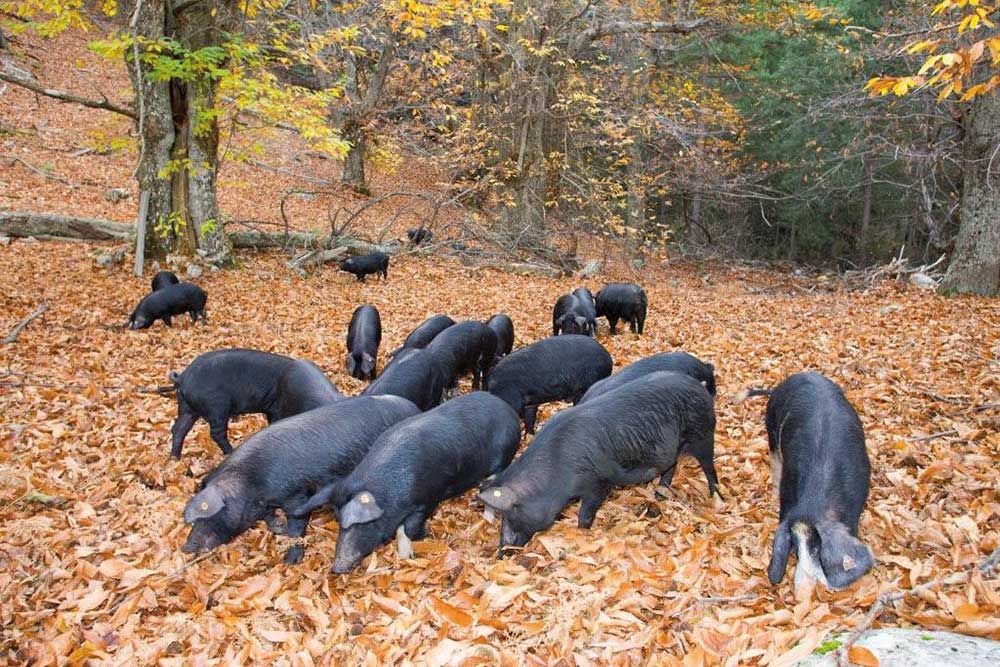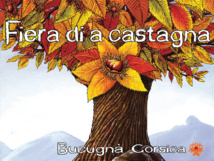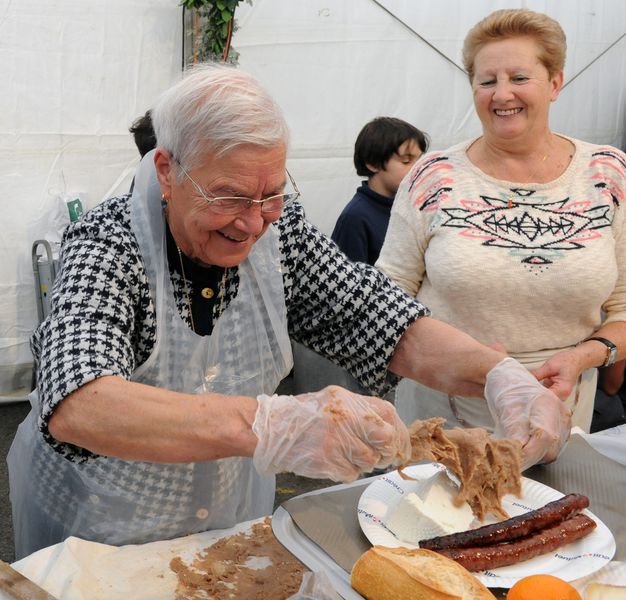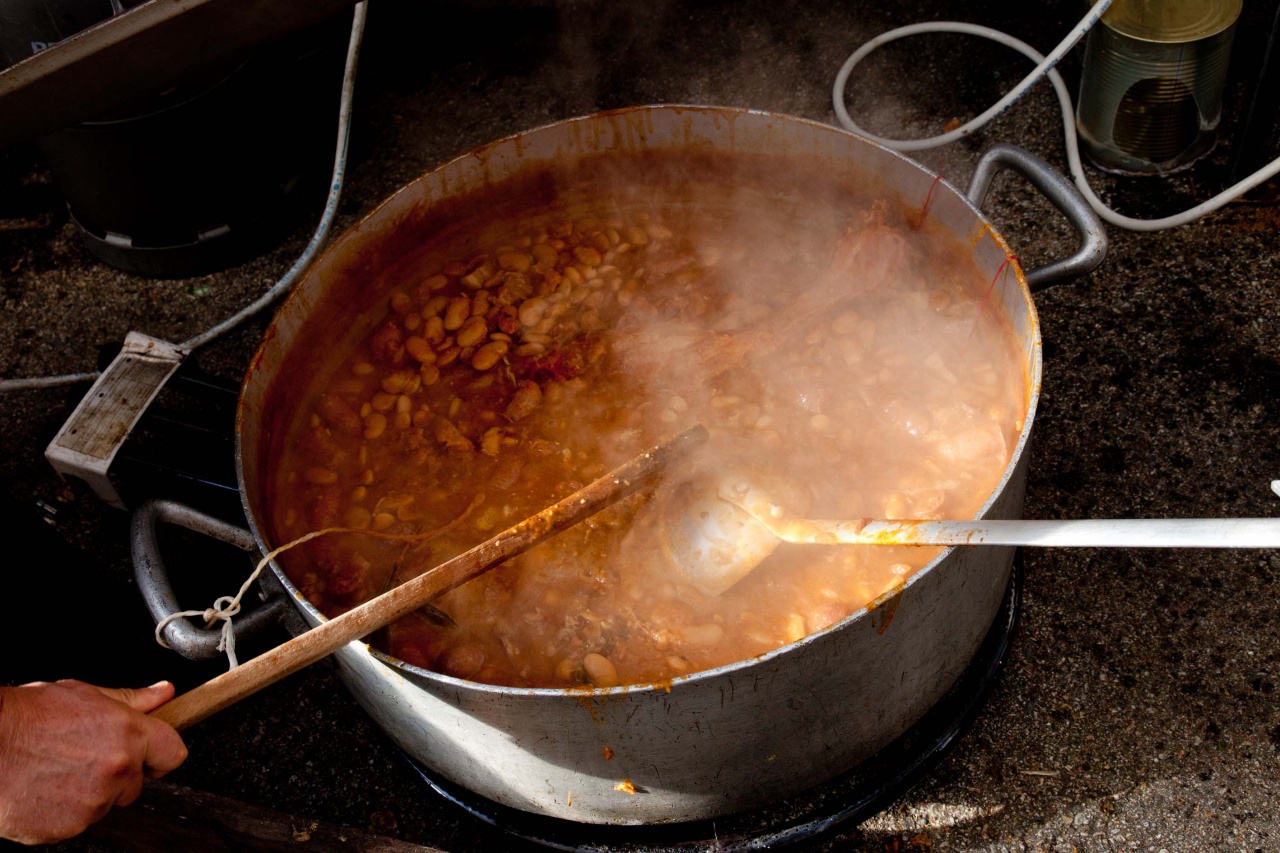
Barbara Furtuna - Lamentu Di U Castagnu from Vimeo
|
Or chì l'averaghju fattu
A lu Corsu cusì ingratu
Chì m'ha fattu la sintenza
E à morte cundannatu.
Senza sente testimoni
Nè cunsultà lu ghjuratu.
M'hà dichjaratu la guerra
Cum'è à un veru malfattore;
M'hà messu li sbirri appressu
Chì m'attaccanu terrore
O Corsu rifletti un pocu,
Versi mè si senza core.
M'ai chjappu à l'arma bianca,
Tù per esse più sicuru,
Quandu improntu li mio fiori,
Quandu lu fruttu hè maturu.
Un mi porti alcun rispettu,
O Corsu, sì cusì duru!
Un sentu in tutte le borghe
Chè tintenne è tintinnoni,
Bestemmie di mulatteri,
Lu fiscu di li sigoni,
E di mule, carri è treni
N'hè pienu strade è stradoni.
Cantava u mulinaru
Ch'avia pienu u mulinu.
U cavallu s'avanzava
Nenz'à lu so caliscinu,
Chì per tutti lu miò fruttu
Era Corsu un gran festinu!
Un ti ne ricordi più,
Corsu, di li tempi andati?
Di Sampieru è Sambucucciu,
Di tutti li to antenati,
Quandu da tanti nemici
Eranu sempre assaltati?
Ne farai lu tenistaffa,
E lustrarai le botte,
Durmerai cum'è i cani
Quandu vinerà la notte
Perchè vindetta dumanda
L'alberu di le ballotte.
Sempre cù li stracci à collu
Passerai piani è muntagne;
Camperai à erbiglie crude
Racolte in le campagne,
Perchè vindetta dumanda
L'alberu di le castagne. |
Have I done any outrage
To the ungrateful Corsican?
Who condemned me to death. That's his
Language. What villainous judgment
Without the slightest evidence
And without the least debate.
He has declared me war
As to the greatest villain;
And sent the constables after me
Who caused my body cold perspiration.
Oh Corsican, think about it,
You have really no heart for me.
You attack me with the naked weapon,
To be a bit more sure,
When my flowers put forth their buts,
When the fruit is nearly ripe.
You don't show me any respect
Oh Corsican, you are so hard!
One hears in all the valleys
Rythmic sound of tinkling bells,
Curses of the muleteers,
The whistling of the saws,
And the roads and paths are
Full of mules, dogs and carts.
The miller was singing
Because his mill was filled.
The horse moved forward
In front of the cart,
Because for everybody, oh Corsican
My fruit was a big feast!
Did you forget, oh Corsican,
The revolutionary times?
Of Sampieru, full of courage,
The virtues of Sambucucciu,
Of all the ancestors, when they were
Always assaulted by so many ennemies?
You will be a servant,
You will polish the boots,
You will sleep like the dogs
When the night comes
Because the chestnut-tree
Will take revenge.
Always dressed in tatters
You will pass the plains and mountains;
You will live from raw herbs
Gathered in the fields,
Because the chestnut-tree
Will take revenge. |





 The flavour is sweet-smelling and uncomparable. It has a light beige colour in the Castagniccia and is darker in
other regions. Thanks to the flour the gastronomes feast upon the famous and ancestral pulenda, warm porridge served
with fresh milk, or the subtle granaghjoli. Gourmands and gastronomes can taste as well the succulent
"marrons glaçés", liqueurs, cakes, honey, jam, nougat, frosted desserts and even beer
from chestnuts, all Corsican!
The flavour is sweet-smelling and uncomparable. It has a light beige colour in the Castagniccia and is darker in
other regions. Thanks to the flour the gastronomes feast upon the famous and ancestral pulenda, warm porridge served
with fresh milk, or the subtle granaghjoli. Gourmands and gastronomes can taste as well the succulent
"marrons glaçés", liqueurs, cakes, honey, jam, nougat, frosted desserts and even beer
from chestnuts, all Corsican!



